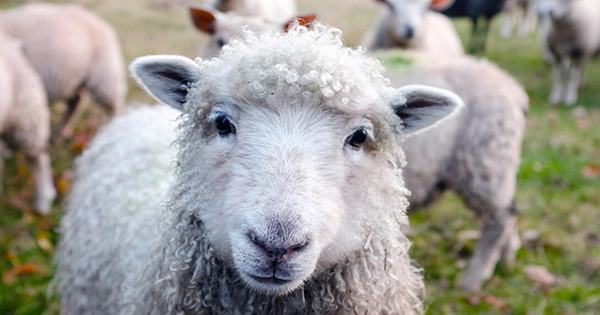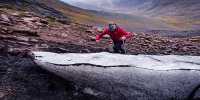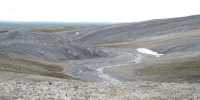Rewilding is a progressive conservation idea that has several implementations. To the point where natural processes may take control, healthy ecosystems in their natural state are to be restored. Reintroducing keystone species—organisms (typically predatory animals) that fulfil an ecological niche—can be a part of this first restoration. Additionally, large grazers can be introduced to help control the vegetation, and exotic species can be taken out. The environment can change organically when man-made buildings that alter the natural landscape are removed.
Following these steps, people may relax and watch the ecosystem change into a natural cycle that its inhabitants have built. Unfortunately, habitat loss through hunting, urbanization, and climate change has led to the extinction of numerous species from their natural habitats. Rewilding attempts to reintroduce those extinct species and allow them to resume performing their ecological roles. Keystone species like wolves and beavers can change the local fauna by restoring ecological niches, allowing creatures to flourish and beginning the process of repairing the ecosystem.
Although it was naturally unsettling to reintroduce 41 wolves to Yellowstone National Park between 1995 and 1997, huge carnivores are essential to the upkeep of a healthy ecology. The wolves are working hard to limit the elk population. Elk did not normally migrate through the park before the wolves were reintroduced, which led to the willow along the river’s banks being severely overgrazed. The willow may now grow since there are enough wolves around to affect the elk’s dispersal.
As a result, there are more beavers, and they depend on the willow branches to survive the winter. Speaking of beavers, in 2017 the UK’s Forest of Dean received a family of two adults and two kits as part of a rewilding initiative. The region has already profited from the development of organic flood barriers and upgrades to the soil in the five years since.
Beavers are fairly *dam* handy when it comes to building efficient, long-lasting, and affordable flood barriers, thus the porous nature of their dams benefits not just the local ecosystem but also the people who live nearby. It is commonly known that spending time in nature has a significant positive impact on one’s physical and emotional wellbeing. Rewilding native regions protects additional space for public use while also conserving resources through the natural processes that take place. It’s crucial to keep in mind that rewilding simply involves letting nature take the lead; there is no set aim.














